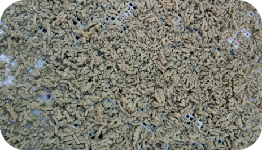 Drying Technology
Drying Technology
Overview of pharmaceutical sludge:
Pharmaceutical wastewater is a type of organic wastewater with complex components, high biological toxicity, and difficult-to-degrade substances. It is a recognized source of serious environmental pollution.
Pharmaceutical wastewater is discharged intermittently, and the water quality and volume fluctuate greatly.
Pharmaceutical sludge refers to the precipitation material produced in the pharmaceutical wastewater treatment process. As a kind of hazardous waste with high hazard and toxicity, if it cannot be properly disposed of, random dumping and landfilling will have a difficult-to-repair impact on the surrounding environment.
Source of pharmaceutical wastewater:
A. Drainage from the production process: the most important waste water, including waste filtrate, waste mother liquor, other mother liquor, refining and purification process solvent recovery residue, etc.
B. Auxiliary process drainage: water, power equipment cooling water, circulating cooling water, system sewage, water ring vacuum equipment drainage, deionized water preparation process drainage, distillation (heating) equipment condensate, etc. This type of wastewater has a low concentration of pollutants, but the amount of water is large and seasonal, and there are large differences between enterprises. Some water ring vacuum equipment drainage contains solvents and high CODcr content.
C. Flushing water and others: including container equipment flushing water, filter equipment flushing water, resin column (tank) flushing water, ground flushing water, etc. Among them, the concentration of pollutants in the flushing water of the filtration equipment is also quite high, and the wastewater is mainly suspended solids; the amount of flushing water for the resin column is relatively large, the concentration of the initial flushing water is high, and the acid-base changes are large, and it is also a major type of wastewater.
Since the main components of wastewater produced in different stages of pharmaceutical factories are different, and the quality of wastewater produced by the production of different drugs is different, the components of the sludge produced are also different.
Types and Properties of Pharmaceutical Sludge
Generally speaking, China’s pharmaceutical system can be divided into three categories: antibiotics, chemical synthesis, and Chinese patent medicines. The sludge generated by the corresponding pharmaceutical industry wastewater can also be divided into antibiotic sludge, synthetic medicine sludge, Chinese patent medicine and Preparation sludge.
Antibiotic sludge:
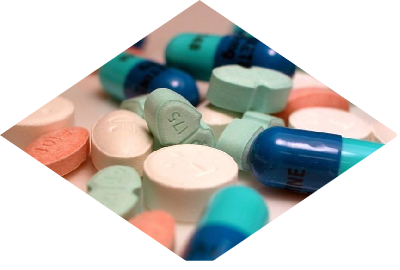
Mainly the fermentation residual substrate and nutrients, the imbalance of carbon-nitrogen nutrient ratio (excess nitrogen source), high sulfate and suspended solids content, containing refractory substances, antibacterial antibiotics and toxic.
Synthetic sludge:
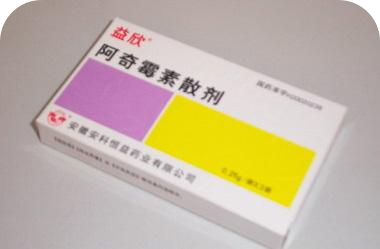
Residual reactants, products, solvents, catalysts, etc. have high concentrations, and the COD concentration can be as high as hundreds of thousands of milligrams per liter; it also contains residual by-product inorganic salts.
Chinese patent medicine and preparation sludge:
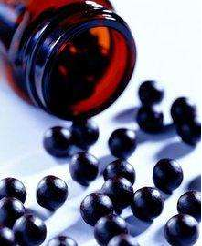
The composition is complex, with color and smell; mainly animal and plant fragments, micro-particles and colloids; high COD concentration.
Pharmaceutical sludge treatment and disposal process:
Generally, the sludge is tempered first to modify the sludge to achieve organic degradation, sterilization, and heavy metal separation. Then the tempered sludge is dehydrated and dried, and the moisture content is adjusted to 10-40% according to the owner’s needs. The dry mud particles in between are conducive to harmless and resource disposal in the later stage.
Concentration tank treatment: use gravity sedimentation to increase the sludge concentration and improve the flocculation effect.
Before mechanical dehydration, add flocculant for chemical conditioning to make the sludge form the best floc.
(Commonly used inorganic flocculants are aluminum sulfate, polyaluminum chloride, ferric chloride, polyferric sulfate and so on. The commonly used polymer flocculant is mainly polyacrylamide.)
The sludge enters the filter press for dehydration to produce a mud cake with a moisture content of about 55% to 80%.
The mud cake enters the strip cutting machine from the feeding conveyor to cut into strips.
Enter the sludge low-temperature drying equipment system for dehumidification and drying.
The dry mud particles with a moisture content of 10-30% are formed, which is convenient for later disposal and utilization.
Conventional disposal methods include landfill, incineration, fertilizer utilization, building materials, etc., which can realize recycling and resource-based harmless disposal. However, due to the characteristics of pharmaceutical sludge, the disposal of pharmaceutical sludge is not suitable for landfill and composting, so incineration is recommended for disposal.
Application case of low-temperature drying of pharmaceutical sludge
Project location and scale: The project is located in Wanfang Industrial Zone, Macun District, Jiaozuo City, Henan Province, and was put into operation in May 2017;
Design scale of sludge system: 120t/d, equipment selection: SBWHD 30000×2. working time: 24 hours;
The engineering units mainly include: the new construction and operation of facilities such as sludge drying workshop, feed and discharge conveying system, low temperature sludge drying equipment system, electrical, instrument automatic control, dry sludge storage system, etc.
Drying Effect Display:
before drying
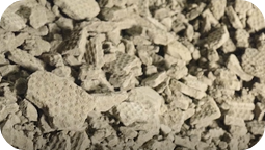
after drying
